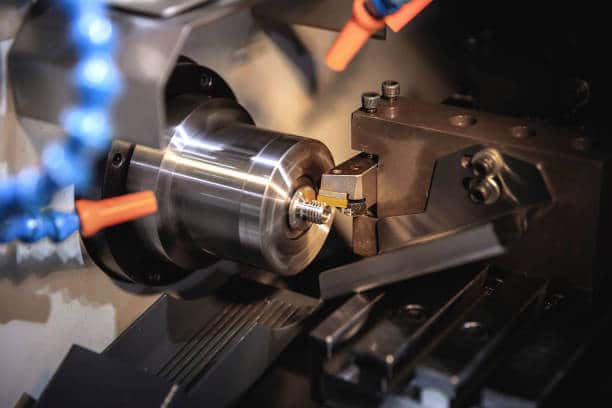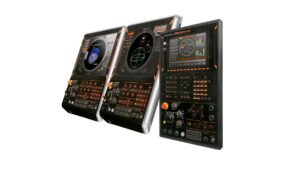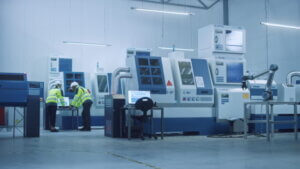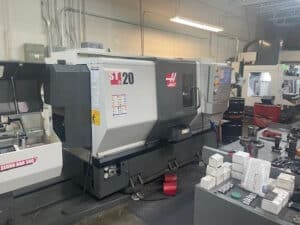Working as a machinist is a skilled job that is in much demand these days. Whether you work on a used CNC machine or you are outfitted with the latest releases, your results are only going to be as good as your effort, experience and training. You won’t be able to deliver quality results efficiently if you don’t understand machine maintenance, own the proper tools and know-how to use the tools and machine properly. For the best results in your products and to keep your equipment in prime operating condition, these are expert tips for machinists everywhere.
-
Keep Up-To-Date Tools on Hand
The right tools will make it easier for you to get the job done quickly, and though an upfront expense, having the most common tools on hand allows you to get a number of different jobs done. Deburring tools are important for removing chattering marks and rounding out rough edges. A telescoping gauge will accurately measure the diameter of a groove, hole or bore. Use a caliper for extremely precise measuring of both external and internal distances, and rely on a dial indicator for measures clearances on the deck, component travel, lifter travel, crankshaft thrust and more. Carbide tools last longer and cut faster than conventional cutting tools.
-
Use Patience for Perfection in Part Times
Machining quality parts relies on a successful setup, and rushing this process leads to poor quality. Using the little tools is a challenge, and breakage will occur. However, as you work through the setup with trial and error, finding the sweet spot with a part like an end mill will make the time-consuming process worth it. Be sure you know your machine inside and out, even if you have sourced it from a used CNC machines dealer. Know if there are issues or backlash since tiny tools and the difference of a one-tenth can be the end of your job. Use patience during tool inspection and programming.
-
Delve Deep Into Computer Skills
A CNC machine is controlled by a specialized computer, so the best thing you can do to take your skills and results to the next level is to become completely familiar with the G-codes and M-codes that machine metal into parts. Rely on the Operating and Programming Manual for your machine to learn what the codes on the machine do. Already familiar with these? Move on to learning the Macro B language of the machine controls. You can work with variables like cutter radius compensation values, tool lengths, parameter settings and work offsets to advance the decision-making of your machine.
For instance, Macro B programs let you set things like tests for issues on the machine, alarms when potential problems are uncovered or machine looping for specific condition requirements. Macro B makes it easier to integrate a robot for loading or loading or a parts catcher.
-
Keeps Tolerances and Error a Part of Design
Previewing the cuts that have been programmed can give you a rough estimate of what the final product will be. Many software programs have this option, and once you upload the program with planned cuts, review the model. You should be able to see where the chosen end mill will have an effect on the finished surface, such as where a ball end mill may leave grooves that need to be finished with a square end mill. Knowing the weak spots in design and accounting for them when creating the program can reduce waste and time spent on making products more precise.
-
Share Knowledge and Seek To Learn
To better develop a team of machinists or to grow your shop, knowledge must be shared and sought after. Some of the information may be machine or job-specific, such as the best feed rates and speeds for different parts being machined. A tool library can have this information entered into programs for automatic calculation when a similar product or job arrives. Create parts categories and design master program templates for more efficient programming. Use simulation at each stage of design to ensure the safety and efficiency of the program. Read trade magazines, talk to fellow machinists and learn as much as possible about software or programming trends.
Find Quality CNC Machines
If you are looking for a used CNC machine at a great price browse our large selection of equipment. As the largest seller of used CNC machines, you are sure to find equipment for your needs and budget. Contact us today to learn more!



